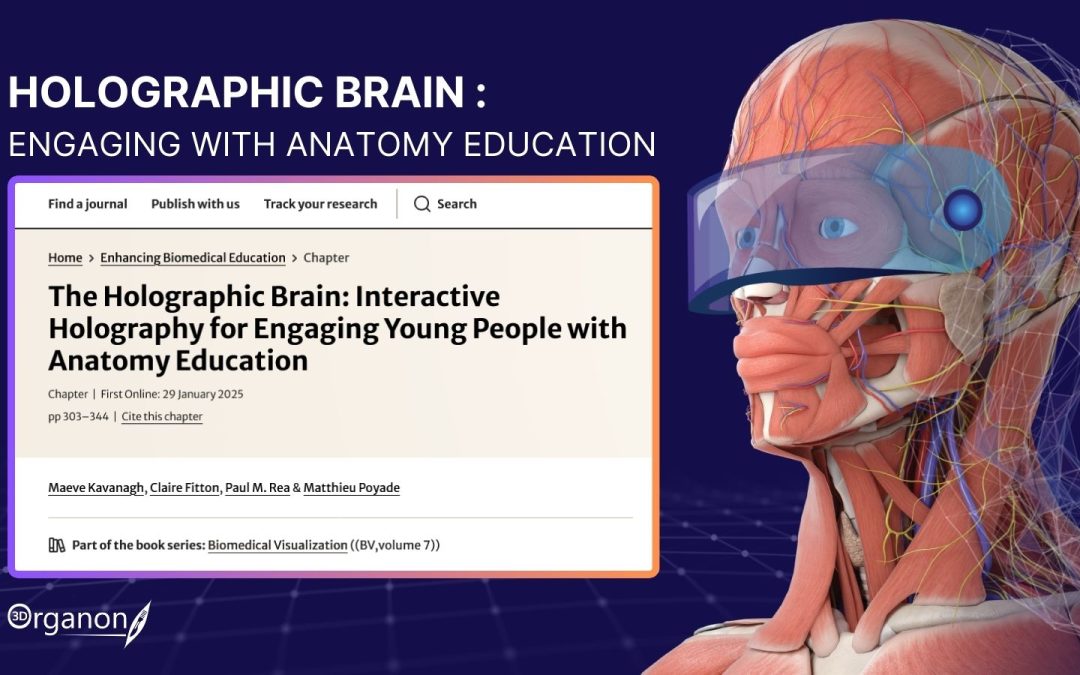Revolutionizing STEM Education: How 3D Organon is Transforming Learning with Hologram Technology
In an era where digital advancements continue to reshape education, groundbreaking technology is making waves in STEM learning. A recent study has demonstrated how interactive 3D tools, including hologram-based educational platforms, can significantly enhance student engagement and knowledge retention in neuroanatomy education.
The Decline of STEM Interest – A Growing Concern
Research indicates that interest in STEM (Science, Technology, Engineering, and Mathematics) fields tends to wane among students during their preteen and teenage years. This decline poses a challenge for educators and policymakers striving to cultivate the next generation of scientists, engineers, and healthcare professionals. Traditional learning methods, often reliant on static textbooks and passive instruction, have struggled to maintain student enthusiasm. However, the integration of cutting-edge technology offers a promising solution.
Enter 3D Organon – A Game-Changer in Interactive Learning
3D Organon, the world’s leading multimodal extended reality (XR) healthcare platform, is at the forefront of this educational revolution. The recent study explored the use of a holographic learning tool incorporating hand-tracking technology and a Pepper’s Ghost illusion—an age-old theatrical technique used to create the appearance of floating, three-dimensional images. This innovative approach allowed students to interact with and explore anatomical structures in a more immersive and engaging way than traditional methods.
The results were striking. Students who utilized the 3D hologram-based learning tool showed a 30% increase in neuroanatomy knowledge. Additionally, the study reported high scores in usability and motivation while ensuring a low cognitive load, meaning that students found the technology intuitive and easy to use without feeling overwhelmed.
The Future of STEM Education
The implications of this study extend far beyond neuroanatomy. As immersive technologies like 3D Organon become more accessible, they have the potential to revolutionize education across multiple STEM disciplines. By transforming abstract concepts into interactive experiences, these tools can spark curiosity, foster deeper understanding, and ultimately reverse the declining interest in STEM among young learners.
Paving the Way for Innovation
As the education sector embraces new technological solutions, the success of 3D Organon serves as a testament to the power of interactive learning. The findings of this study highlight the necessity of incorporating more engaging, hands-on methods into curricula worldwide. With continued investment in educational technology, we can inspire the next generation of scientists, engineers, and medical professionals.
The future of STEM education is here—and it’s three-dimensional.
Read the Full Paper Here.

